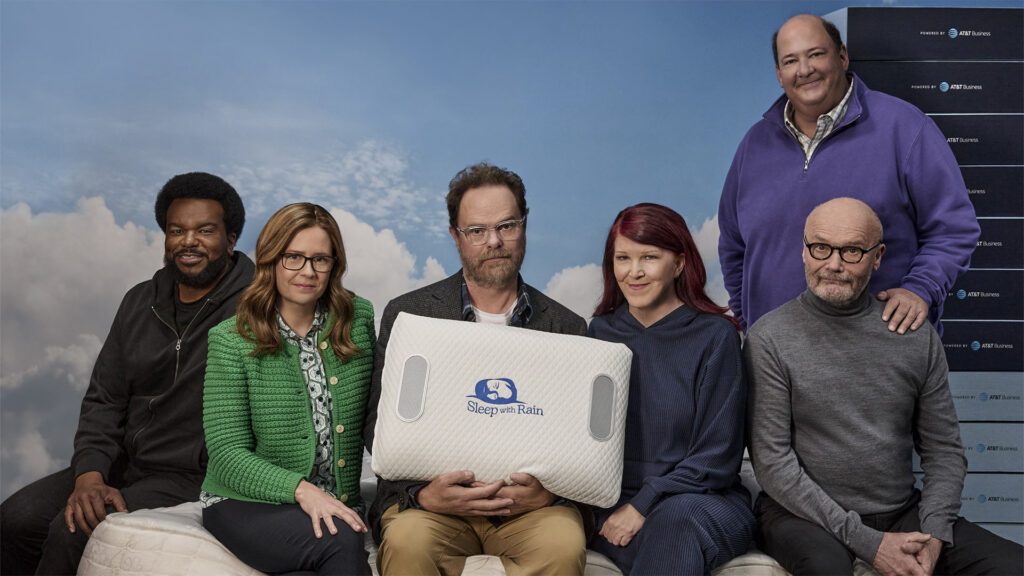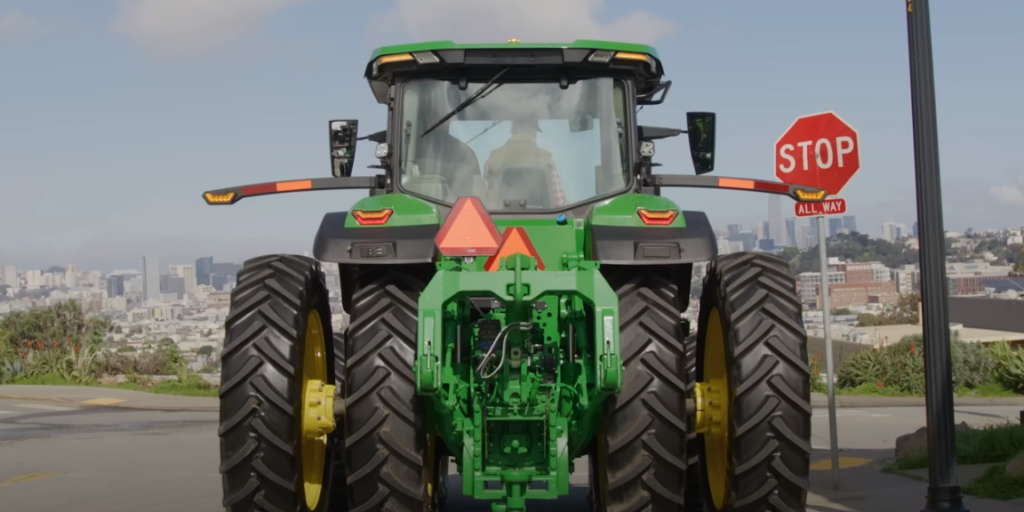While Mondelēz International might be most well-known for its Oreo, Nabisco and Cadbury products, the company is also at the forefront of the healthy snacking revolution. In 2018, Mondelēz CEO Dirk Dirk Van de Put challenged the CPG giant’s innovation division SnackFutures to generate $100 million in growth by 2022.
During a recent Brand Innovators livecast, leaders from SnackFutures Innovation at Mondelēz International looked under the hood to discuss their approach to innovation and the future of snacking. Brigette Wolf, Head of SnackFutures Innovation at Mondelēz International, said that her team has one of the hardest and at the same time most rewarding jobs “because the tangible impact of the work is so direct.”
Tasked with developing new products that adapt to consumer’s wants, needs and values, the work takes on a new level of depth than simply product development in a vacuum. Part of this process involves cultivating relationships with emerging snack makers and understanding the farming of raw materials. In February, SnackFutures Innovation introduced its CoLab Startup Engagement Program, a new incubator engagement program for early-stage well being snack brands.
“It goes beyond marketing,” said Wolf. “It is a holistic understanding of what is going on in the plants and in the field and in the supply chain because you own all of it. It is inspiring to be able to think differently. We all talk about growth mindsets and learning mindsets and that is really what this practice is about, both to the partners that we have tried to the practices that we do and the places that we are trying to go.”
One way to rethink the process is to bring brand values into the product development process. Sustainability is a core value for the SnackFutures team, who is looking at how the raw materials can be used more efficiently to create new products. CaPao is a new line of snacks that does just this. The line incorporates parts of the cacao fruit that were normally tossed out in the creation of chocolate to create new snacks including cacao fruit jerky, a smoothie and mochi.
“As part of Mondelēz chocolate manufacturer, we saw this opportunity to use more of the cacao group and the benefits which could come from that, which is really helping to tackle a huge environmental issue, which is food waste but also help these farmers to live a better life, to get more for their crop,” said Shannon Neumann, Associate Director, SnackFutures Innovation at Mondelēz International. “The challenge was turning that passion project into a fully resourced project within a big company when the idea of upcycling was barely an emerging trend at that time. What is incredible is the creation of SnackFutures. That project was on most of the team’s mind as something we could really bring forward and be designed to take on. It is a product that is built from the mission of rescuing and reimagining the parts of the cacao fruit that aren’t used for chocolate.”
The new line allows the brand to achieve two goals – create innovative new products while taking a more sustainable approach to manufacturing. “We combine only real ingredients for that,” Neumann continued. “We make sure that we are not only a good for you product, but we are really sustainably made and we think about that within all elements of the brand, both the upcycling message, plant-based snack, fully recyclable packing and we are produced in a facility that is wind powered, so really holistically thinking how we can be kind to the planet and deliciously fun in the snacks that we create.”
Dirt Kitchen has also been using leftover scraps to help develop a line of healthy vegetable snacks including dried vegetable chips and a mix of dried vegetables and nuts. Katrina Borisjuk, Director, SnackFutures Innovation at Mondelēz International explained that the product was born out of “a consumer pain point, looking to bring an afternoon snack for a health-oriented consumer.”
“We knew a lot about what consumers were looking for at that moment, particularly health-oriented consumers,” she said. “If you think about your day, that 3pm that you are running around or working, you need sustained energizing fuel to get you to the end of the day before dinner, whether it is the end of your work day or running errands or you are going to the gym. But you also want an emotional uplift because it is 3pm and you have been at it all day. There is definitely a desire to fulfill cravings, have an uplift, make you feel happy. For a health-oriented consumer, they are not going to turn to some of the things that others might choose to make them happy at that moment. It is really about how do I eat not only something that I need to eat since my body needs the fuel, but also is going to make me happy.”
The team worked with consumers to better understand that snack moment need and tested prototypes. This led to the insight that while veggies are a great way for consumers to meet health goals, they haven’t always offered the taste and convenience and excitement associated with a cravable snack.
“Carrot sticks get boring over time and they are not going to do it to fulfill those cravings,” explained Borisjuk. “That led us to how do we make real vegetables into an exciting snack? We started with a lineup of air dried veggies and nuts, again thinking about that life sustaining fuel in the afternoon, think about a trail mix with dried vegetables instead of dried fruit and focusing on that savory taste and then we developed a second line up which we now call air dried veggie crisps that are air dried veggies, simply seasoned, inspired by veggie side dishes.”



